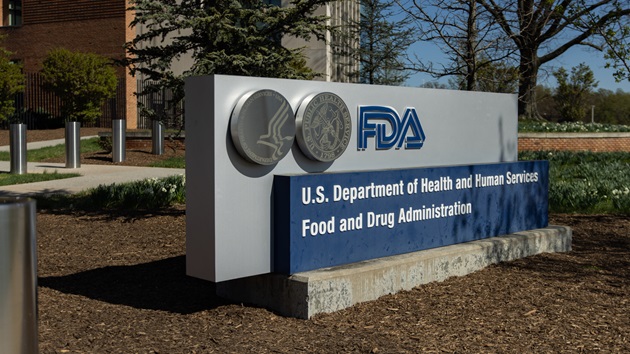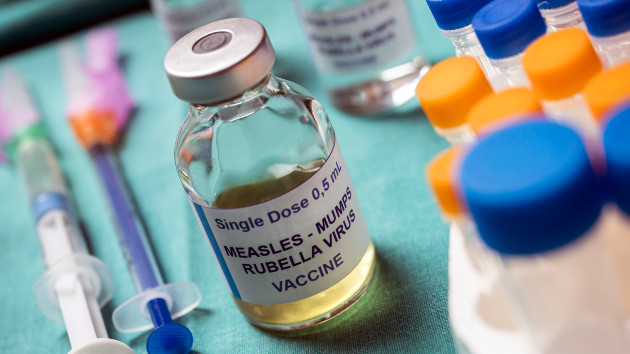Toss or save? How to avoid food poisoning over the holidays
Written by ABC Audio ALL RIGHTS RESERVED on December 22, 2023

(NEW YORK) — With the holidays approaching, many are looking forward to feasting with family and friends. Gatherings often bring a lot of homemade favorites — steaming turkey, glistening ham, tangy cranberry sauce and creamy eggnog. While preparing dishes, it’s important to follow safe cooking guidelines and limit the risk of food poisoning.
When it comes to serving dishes and dealing with leftovers, most people want to know what’s safe to eat and what needs to be tossed.
The New York State Departments of Agriculture and Markets recently issued recommendations for enjoying safe holiday feasts. The most important things to consider to avoid foodborne illness are safe storage, thawing and preparation.
When returning home with a fresh grocery haul, be sure to store away perishables as soon as possible. Leaving refrigerated and frozen food products out for extended periods of time allows for the growth of bacteria that can cause illness. Refrigerators should be set to 40°F or lower, and freezers should be set no higher than 0°F, per the FDA.
This time of year, many people purchase canned goods for cooking and to donate to food pantries. Experts recommend keeping these products in cool, dry spaces until opening and taking particular care not to leave them out on stovetops.
“Once that can is open, you really need to eat or refrigerate the contents after two hours,” says Dr. Donald Schaffner, PhD, a professor in the Department of Food Science at Rutgers University.
When thawing frozen meats, food safety specialists agree that the best method is to use the refrigerator or microwave just before cooking. Thawing meat in the refrigerator “makes sure that the food stays at a safe temperature during the thawing process,” according to Dr. Schaffner.
“As a piece of meat thaws, you may get juices running out of that piece of meat” that may contain different types of bacteria, creating a source of contamination. Submerging in hot water can also lead to the spread of bacteria into pots and bowls.
Washing hands when preparing food may seem obvious, but experts note that there is always a risk of cross-contamination when using the same knives and cutting boards for raw meat and other foods. Taking the time to wash these items with soap and hot water after handling raw meat can go a long way toward keeping the rest of a holiday feast safe to eat.
Safe cooking should also include a meat thermometer. A general rule of thumb is to cook to a minimum internal temperature of 140°F. Pork should be cooked to 150°F, ground beef to 160°F and poultry and leftovers to 165°F, per the Departments of Agriculture and Safety.
Eggs can be a forgotten source of contamination as well. According to guidelines from the Centers for Disease Control and Prevention, eggs need to be cooked thoroughly and raw forms should definitely be avoided. That means waiting until the cookies finish baking and not dipping into the raw batter.
As far as enjoying holiday cheer, Dr. Schaffner suggests, “The safest eggnog is the kind you buy from the grocery store, premade and pasteurized. If you’re going to make your own eggnog with raw eggs, you need to cook that eggnog.” Alcohol does not guarantee purification from salmonella, so those making it from scratch should follow a recipe that involves cooking, Schnaffer added.
Chris Medrano, MD, is a resident physician in Chicago and a member of the ABC News Medical Unit.
Copyright © 2023, ABC Audio. All rights reserved.

 KVSP
KVSP 




